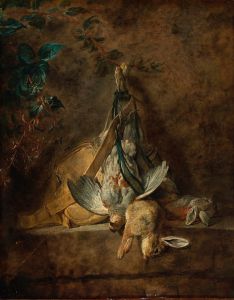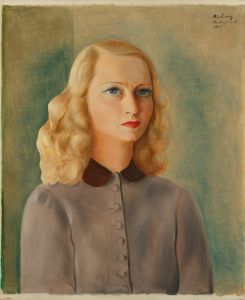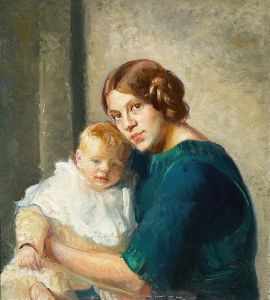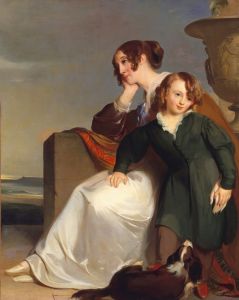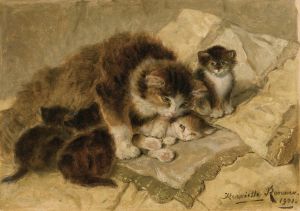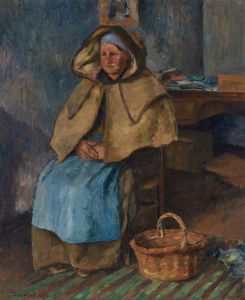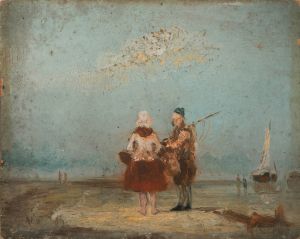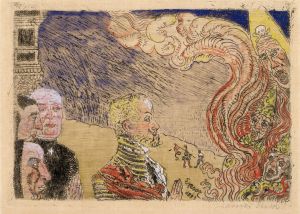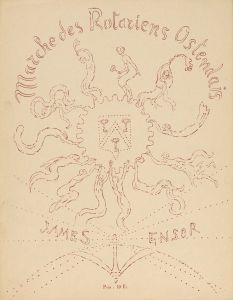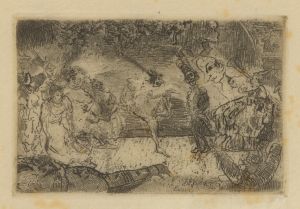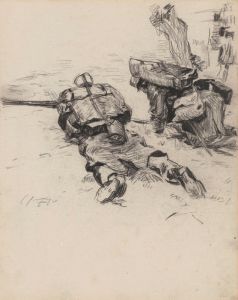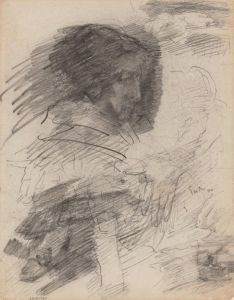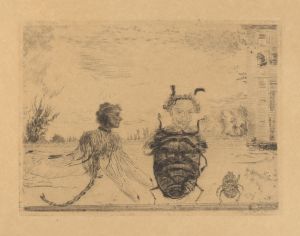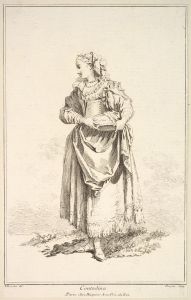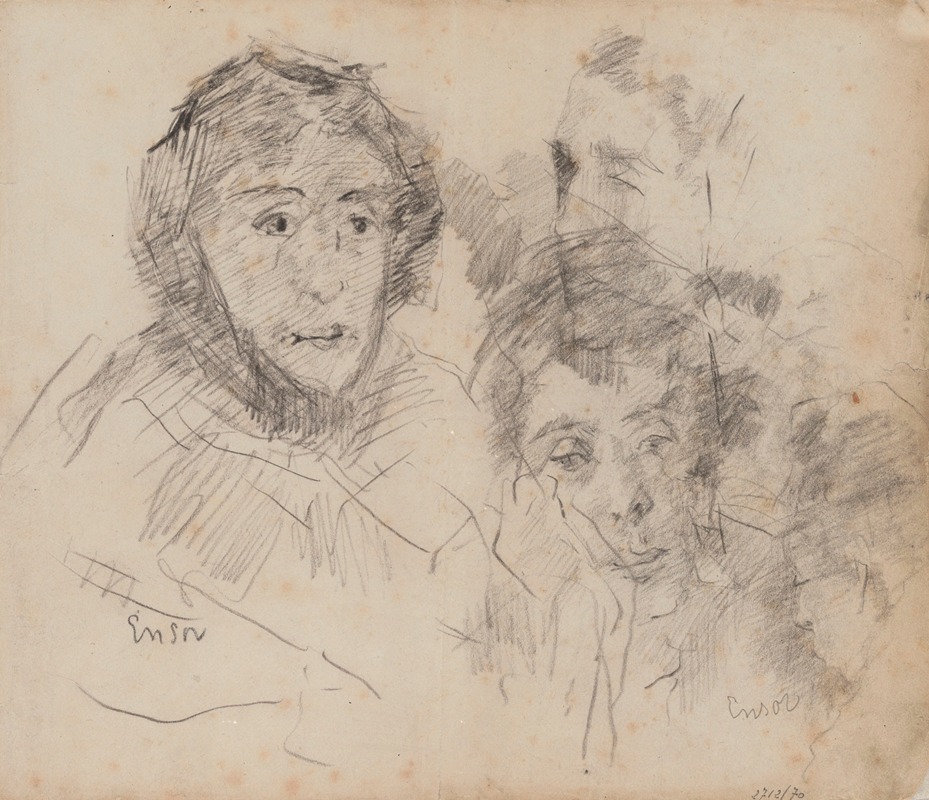
Ensor’s Mother
A hand-painted replica of James Ensor’s masterpiece Ensor’s Mother, meticulously crafted by professional artists to capture the true essence of the original. Each piece is created with museum-quality canvas and rare mineral pigments, carefully painted by experienced artists with delicate brushstrokes and rich, layered colors to perfectly recreate the texture of the original artwork. Unlike machine-printed reproductions, this hand-painted version brings the painting to life, infused with the artist’s emotions and skill in every stroke. Whether for personal collection or home decoration, it instantly elevates the artistic atmosphere of any space.
James Ensor's painting Ensor’s Mother is a portrait of the artist's mother, Maria Catherina Haegheman. James Ensor (1860–1949) was a Belgian painter and printmaker associated with the Symbolist movement and known for his innovative and often provocative works. This particular painting is an example of his early portraiture, showcasing his ability to capture the personality and presence of his subject.
The painting depicts Ensor's mother seated in a domestic interior, rendered with a focus on realism and detail. The work reflects Ensor's early artistic training and his interest in traditional portraiture before he transitioned to the more fantastical and grotesque themes for which he later became famous. The subdued color palette and careful attention to texture and light suggest an intimate and respectful portrayal of his mother.
Ensor's family played a significant role in his life and work. He lived and worked in the family home in Ostend, Belgium, for most of his life. His mother and sister managed a souvenir and curiosity shop on the ground floor of their home, which exposed Ensor to a variety of objects and influences that would later appear in his art. While Ensor’s Mother is a relatively straightforward portrait, it provides insight into the artist's early development and his connection to his family.
The exact date of the painting is not definitively documented, but it is generally attributed to Ensor's early career, likely in the 1870s or 1880s. During this period, Ensor was exploring traditional techniques and subjects, influenced by his academic training at the Académie Royale des Beaux-Arts in Brussels. This phase of his work contrasts sharply with the more experimental and surreal compositions he produced later in his career.
Ensor’s Mother is not as widely discussed or reproduced as some of Ensor's more famous works, such as The Entry of Christ into Brussels in 1889. However, it remains an important example of his early style and his ability to convey character and mood through portraiture. The painting is part of the broader body of work that illustrates Ensor's evolution as an artist and his eventual departure from conventional artistic norms.
Further details about the painting, such as its current location or specific dimensions, are not widely documented in public sources.





